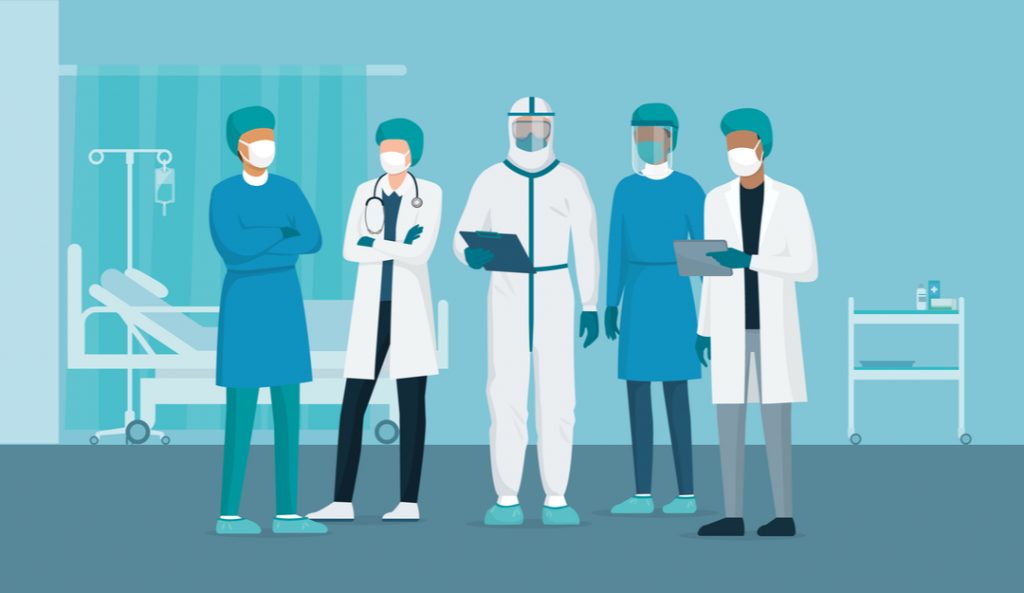Arq. Bras. Cardiol. 2020; 115(4): 776-799
Statement – Protocol for the Reconnection of Cardiology Services with Patients During the COVID-19 Pandemic – 2020
1. Introduction and General Concepts
The pandemic resulting from the novel coronavirus (SARS-CoV-2) infection, named COVID-19, emerged in Wuhan, China, in December 2019., Since then, millions of people around the world have been affected and hundreds of thousands have died.
The virus spreads mainly from person to person,, directly via the airways or indirectly through contact with contaminated surfaces and objects. Respiratory infections occur through the transmission of virus-filled droplets (> 5 μm, approximate extension of 1.5 m) or aerosols (≤ 5 μm, approximate extension of 8 m) exhaled by infected individuals., Recent data have suggested the possibility of airborne transmission. The contact of the contaminated respiratory droplets, eliminated when infected persons breath, talk, sneeze and cough, with the ocular, oral and nasal mucosa of susceptible individuals results in SARS-CoV-2 transmission. With the dissemination of COVID-19 and the fast increase in the number of cases, studies have shown the viability of the virus in the environment as well as the role played by contaminated surfaces in SARS-CoV-2 hospital spread. Based on droplet transmission, the Centers for Disease Control and Prevention of the United States have recommended the practice of physical distancing of at least 1.5 m and hand hygiene to reduce viral spread.
[…]
1,863

